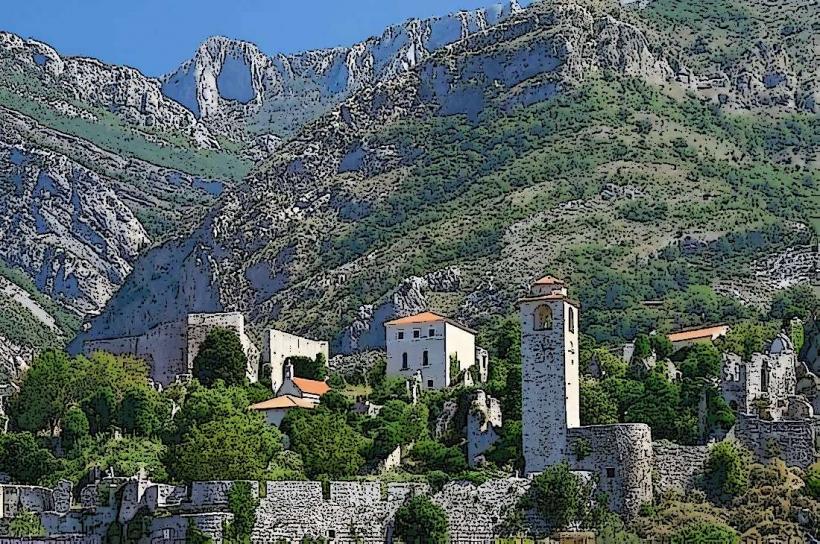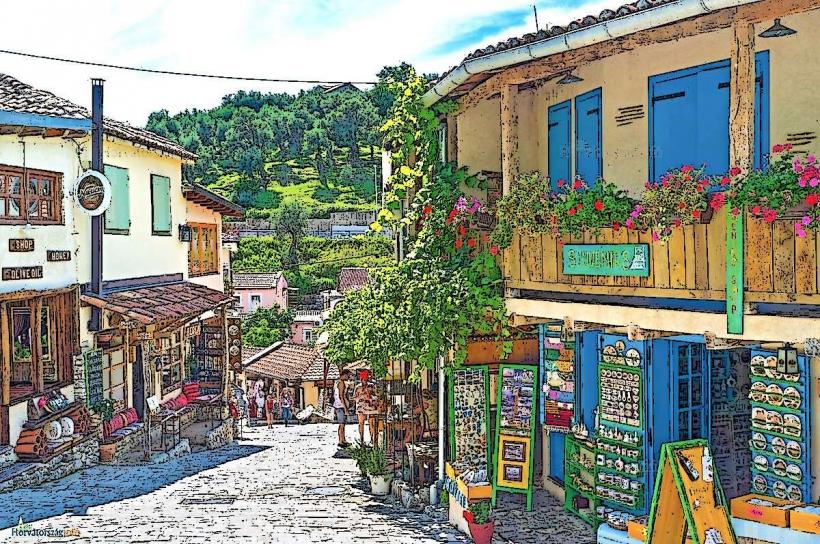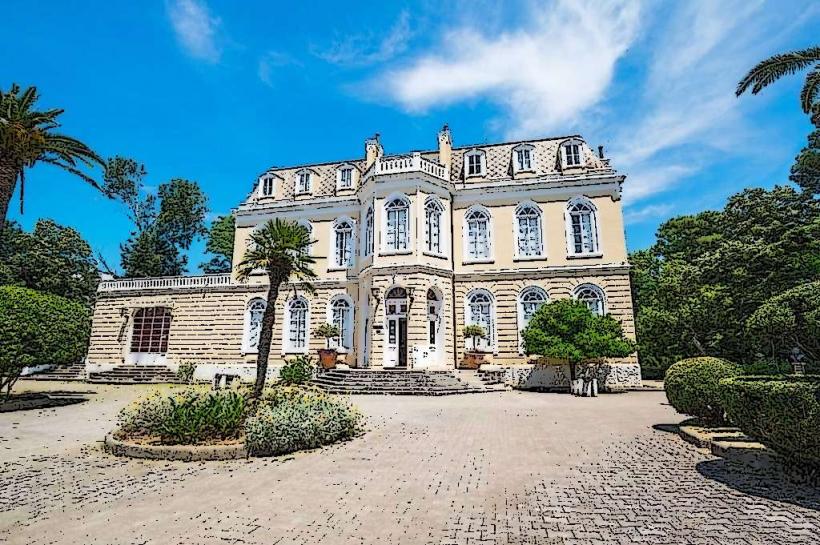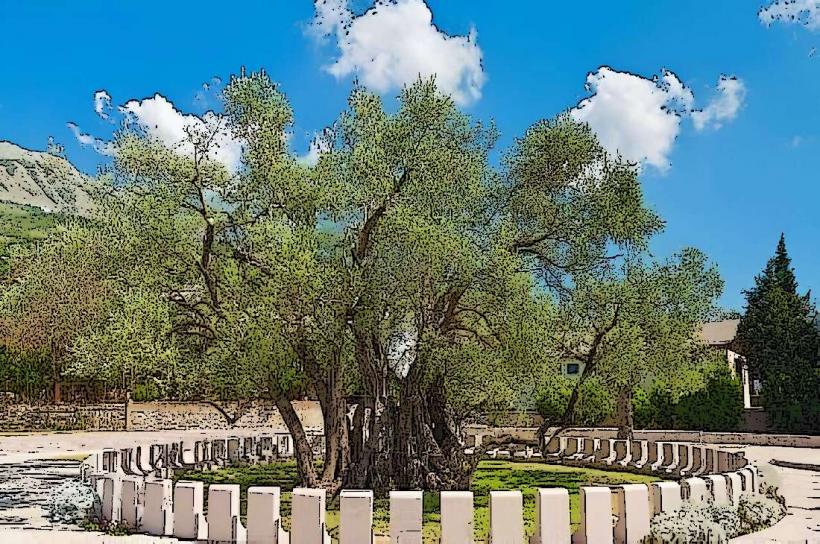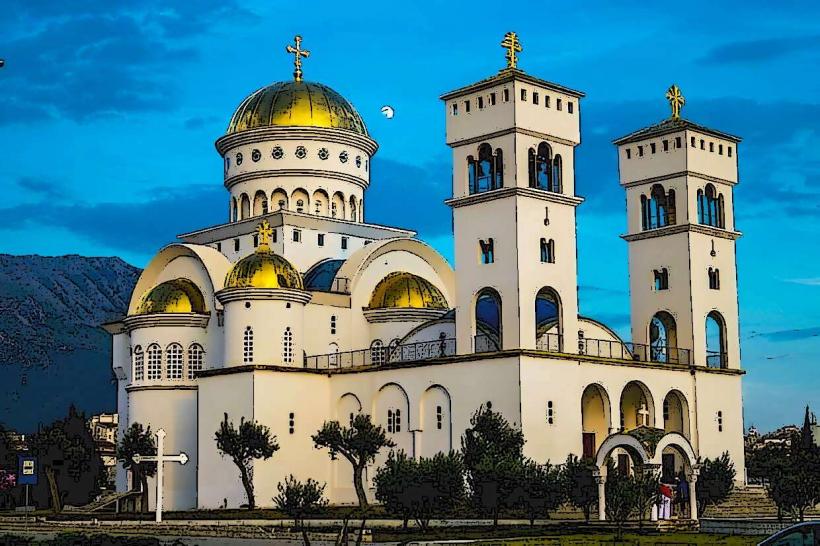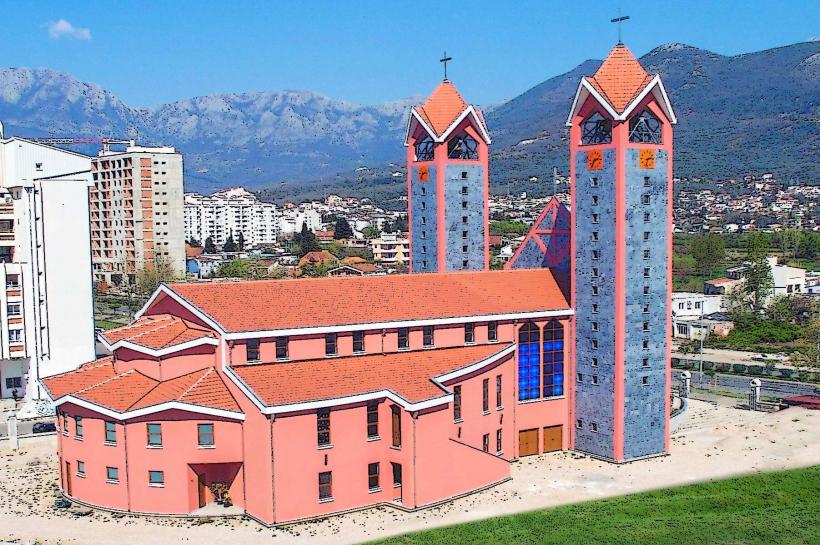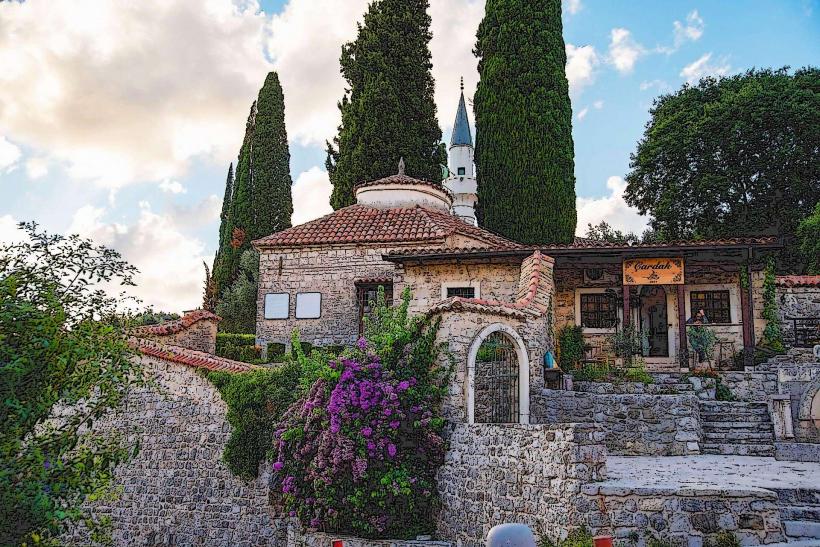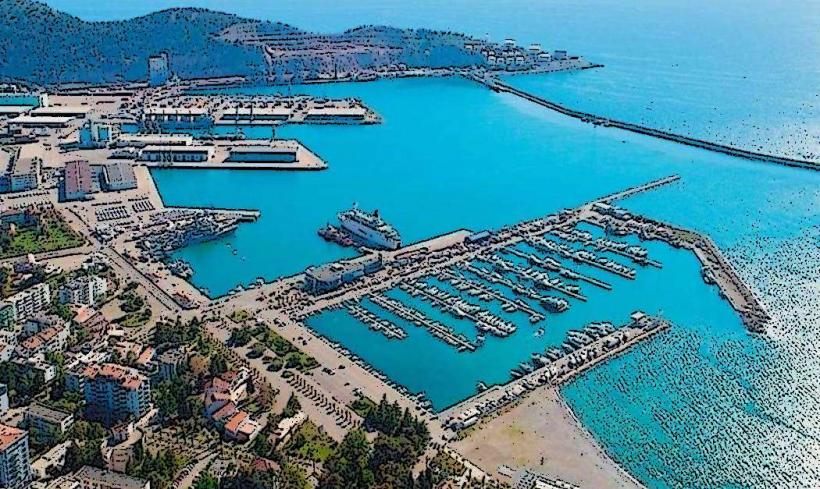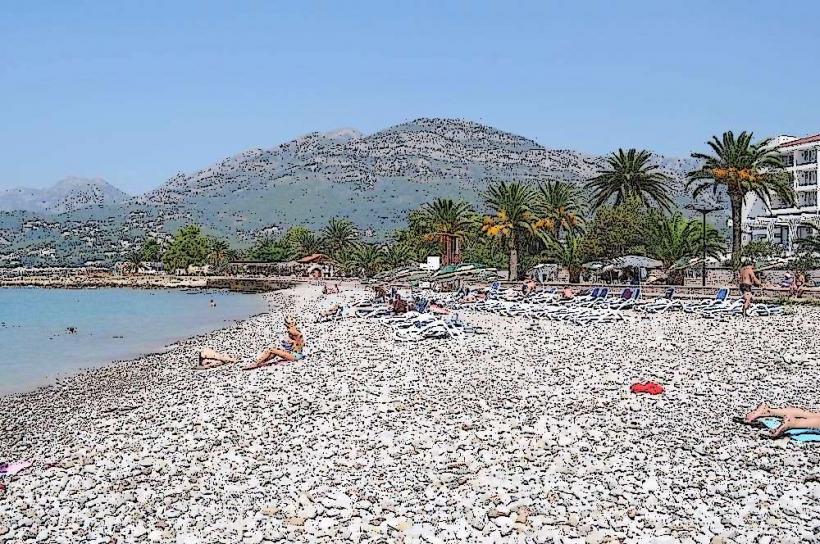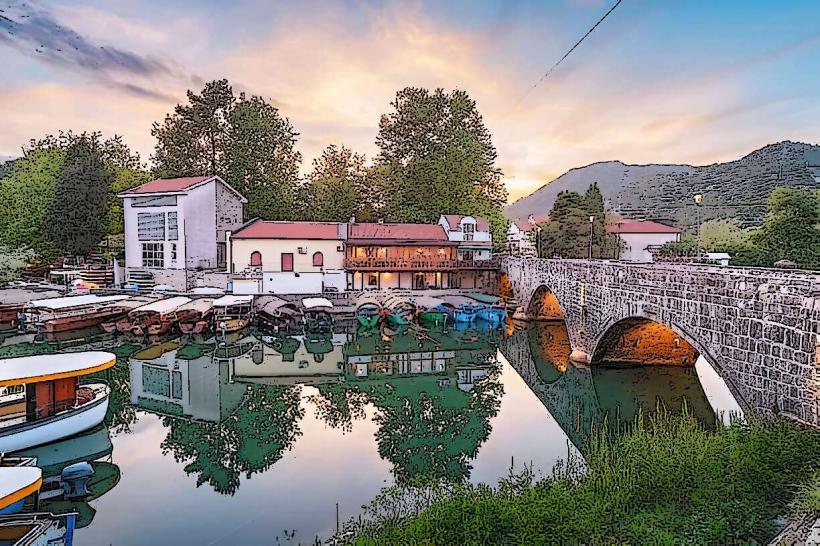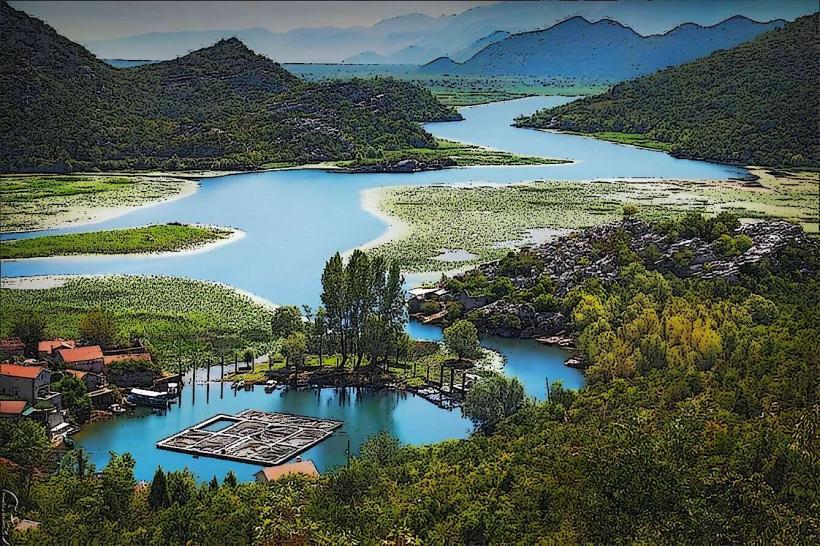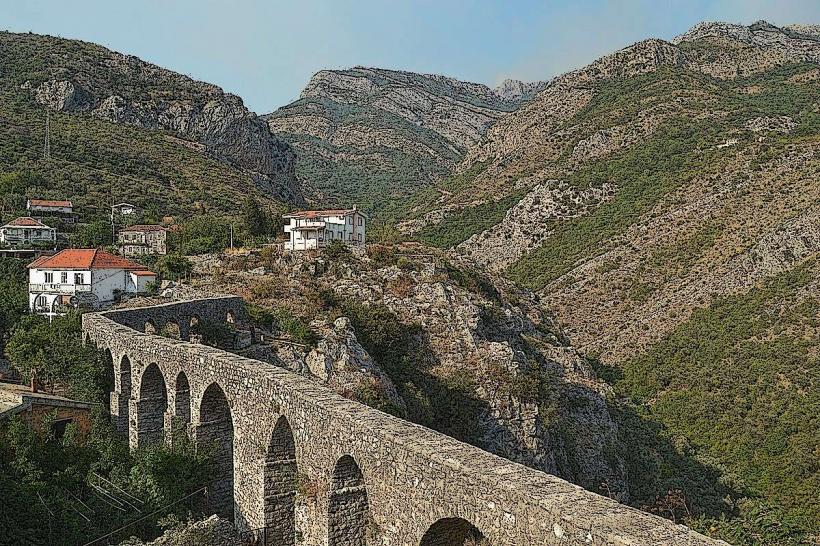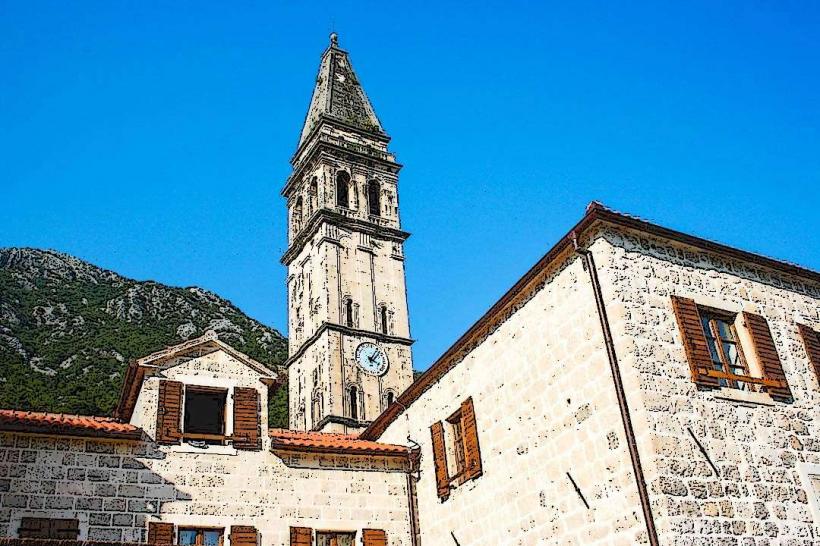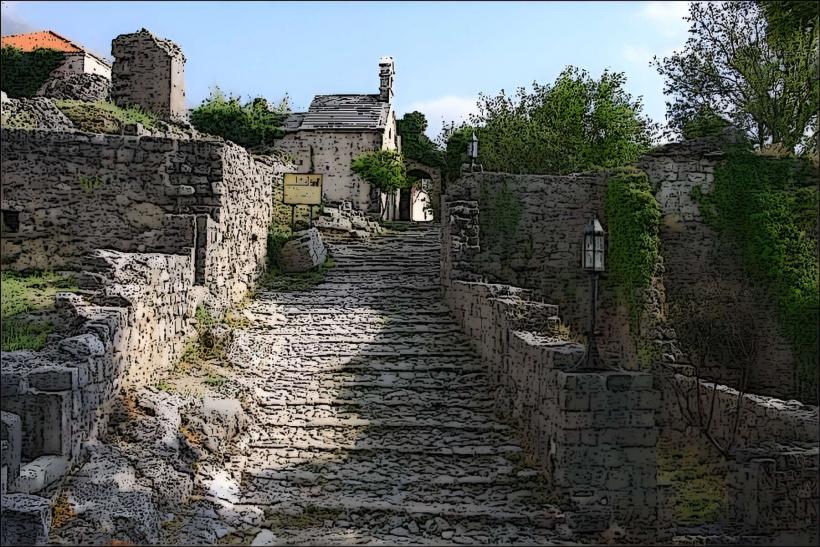Information
Landmark: Rumija MountainCity: Bar
Country: Montenegro
Continent: Europe
Rumija Mountain is a prominent mountain in southern Montenegro, located near the coast, specifically between the towns of Bar and Ulcinj. It is a significant geographical feature of the region and offers breathtaking views of the Adriatic Sea, the surrounding coastline, and the Skadar Lake. It holds both natural and cultural importance, with its striking appearance and spiritual significance for the local people.
Geography and Overview
- Height: Rumija Mountain reaches an elevation of 1,595 meters (5,233 feet) above sea level, making it one of the tallest mountains in this part of Montenegro.
- Location: Rumija is located in the southern part of the Montenegrin coastal region, close to the town of Bar. It sits between the Adriatic Sea to the west and the Skadar Lake to the east, offering panoramic views of both bodies of water and the surrounding landscape.
Natural Features
Flora and Fauna:
- Rumija Mountain is covered with diverse vegetation, particularly Mediterranean and sub-Mediterranean plant species. The lower slopes feature lush oak forests and scrubland, while the higher elevations are home to rocky terrain and sparse alpine plants.
- The mountain provides a habitat for various wildlife, including foxes, wild boar, wild goats, and a wide range of bird species. Birdwatchers may spot eagles and other raptors soaring above the cliffs.
Panoramic Views:
- From the summit of Rumija, visitors can enjoy sweeping views of the Adriatic Sea, the coastal region of Montenegro, and the expansive Skadar Lake. The mountain’s vantage point also offers a unique perspective of the Bar and Ulcinj areas, as well as parts of Albania.
- The sunrise and sunset views from the summit are especially breathtaking, with the light casting dramatic shadows on the rugged landscape.
Cultural and Historical Significance
Rumija Monastery:
- One of the most significant cultural and religious landmarks on the mountain is the Rumija Monastery, located near its summit. This Serbian Orthodox monastery has a long history, though it was destroyed and rebuilt multiple times due to invasions and political changes. The current structure dates back to the 1990s and is an important place of worship for locals.
- The monastery is dedicated to the Holy Virgin and is a site of pilgrimage for Orthodox Christians, especially those from the region.
Religious Importance:
- Rumija Mountain is often considered a holy mountain by the local population, both in terms of its historical significance and spiritual importance. The monastery and the mountain are associated with ancient religious traditions and are often linked with the local community's identity and faith.
- During various religious festivals and celebrations, thousands of people ascend the mountain to pay their respects and participate in rituals at the monastery.
Mythology and Local Legends:
- The mountain is enveloped in local legends and folklore, with stories that speak of its mystical and protective qualities. It is said that the mountain has the power to guard the local area and its people, providing a sense of security and divine protection.
Outdoor Activities
Hiking and Trekking:
- Hiking is one of the most popular activities on Rumija Mountain. There are several well-maintained trails that lead to the summit, offering varying levels of difficulty, from easy walks through forests to more challenging ascents that require stamina and experience.
- The summit can be reached on foot from Bar or Ulcinj, and hikers are rewarded with stunning views of both the Adriatic Sea and the surrounding mountains.
Mountaineering:
- For experienced climbers, Rumija offers more demanding routes, including rock climbing sections. The rocky terrain around the mountain is ideal for climbing and mountaineering, though it requires preparation and knowledge of the area.
Wildlife and Nature Observation:
- Nature lovers will find plenty to explore on Rumija, as the mountain is rich in both flora and fauna. Wildlife observation and birdwatching are popular activities, especially for those looking to see some of the more elusive species of the region.
Photography:
- Rumija’s picturesque views make it a perfect spot for photographers, especially those looking to capture the contrasts of sea, mountain, and sky. The changing light conditions throughout the day provide a range of unique shots, from foggy mornings to vibrant sunsets.
Access and Visitor Information
Accessing Rumija:
- The mountain can be accessed by road from Bar, which is located to the west, or from Ulcinj, to the southeast. A number of well-marked hiking trails also start from these towns.
- The Rumija Monastery is located at a relatively accessible point on the mountain, and visitors can hike or drive to the monastery before continuing their ascent to the summit.
Best Time to Visit:
- The best time to visit Rumija Mountain is during spring and autumn, when the weather is pleasant, and the mountain’s vegetation is at its most vibrant. These seasons are perfect for hiking, with moderate temperatures and clear skies offering excellent visibility.
- Summer can be quite hot, especially on the lower slopes, though higher altitudes offer cooler conditions.
Accommodation:
- There is limited accommodation on the mountain itself, but visitors can stay in the nearby towns of Bar or Ulcinj, which offer a wide range of options from hotels and guesthouses to rural tourism accommodations. Many visitors choose to stay in these towns and make day trips to the mountain.
Conclusion
Rumija Mountain is one of the most significant natural and cultural landmarks in southern Montenegro. Whether you are an outdoor enthusiast seeking adventure through hiking and mountaineering, a history and culture buff visiting the Rumija Monastery, or someone simply looking to enjoy the stunning views, Rumija offers something for everyone. Its combination of natural beauty, spiritual significance, and outdoor activities make it an unmissable destination for travelers to the region.

